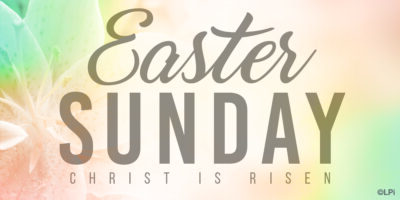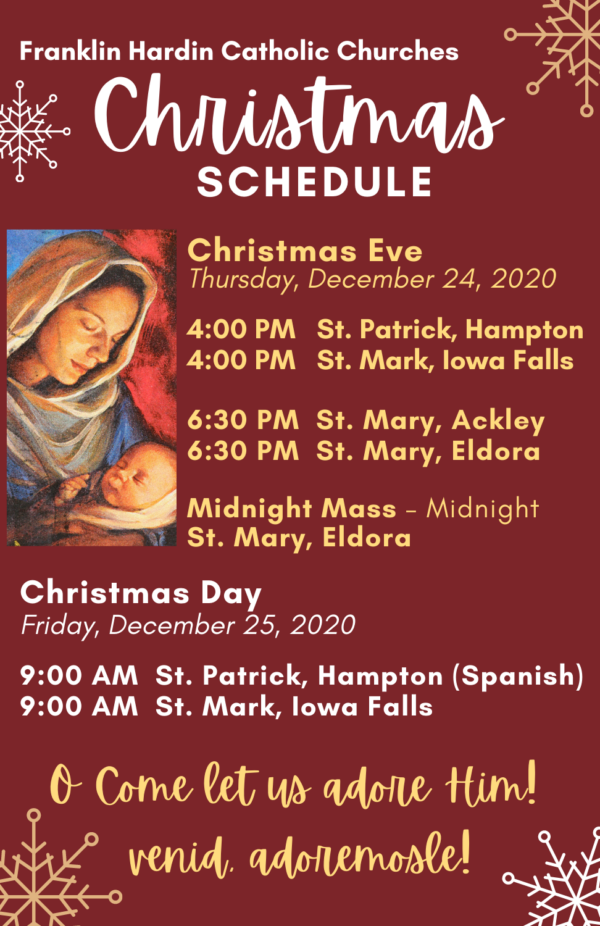Why do we call this season, “Easter?” In Spanish, we simply call it “Pascua” from the Hebrew word referring to the Jewish “Passover” in Exodus, where the Jews were protected from death by the blood of the lamb, and then were liberated from slavery in Egypt. In English, we do use this Hebrew word for Passover, like when we refer to the “Paschal Mystery” of Christ, or the large candle we call the “Paschal candle.” But instead of using the word “Pascua” as they do in Spanish, English uses this word “Easter.” Why?
- Month of Eostre – Eostre was an early goddess of the pre-Christian English peoples, who was honored during the month of April (which they called “the month of Eostre.”) As the celebration of the Christian “Paschal Sunday” often fell on this month, it replaced the feasts of “Eostre,” but the month still retained its name. Also the name “Eostre” comes from word meaning “shine” or “source of light” which is connected to the word we use for the direction of the sunrise, that is “east.”
- The East – The direction of the East was very important in early Christianity. Christ was seen as the new “light of the world” who conquers darkness, bringing about a “new day,” and thus sometimes referred to in Scriptures as “The Dayspring” or “The Morning Star.” Also, Christ’s triumphal entry into Jerusalem on Palm Sunday was from the Mount of Olives and so entered Jerusalem from the east. Finally, in Matthew 24:27 Christ says, “For just as lightning comes from the east and is seen as far as the west, so will the coming of the Son of man be.” Thus it is believed that Christ in his second coming will come from the east.
- Praying Facing East – Thus, early Christian churches were built so the people would face east while praying. While later churches were not always built facing east, the people with the priest still all prayed facing the same direction towards the “symbolic East” that is Christ, the Light of the World. This action of Christians all facing the same direction came to be known as “ad orientam” (Latin for “to the east”) and is a practice that was retained in our Catholic Mass until Vatican II. Older folks will often remember the priest praying “with his back towards the people.” But the idea of this was NOT that the priest “turned his back on the people” but rather that the priest was praying WITH the people, leading them in prayer as together they all stood facing towards God “ad orientam.” For various reasons, Vatican II encouraged the priest praying “versus populum” (Latin for, “Towards the people”): these reasons included allowing the congregation to be able to better hear the Eucharistic Prayer (which before had been done silently or quietly by the priest), and also for the gathered people to be able to be more conscious of their participation of the offering of the gifts on the altar.
But for the various meanings of the month of April in old English being “Eostre” as well as the symbolic importance of “East,” in English, we have continued to use the word to refer to Paschal Sunday and this Paschal Sunday…and so we call it Easter!
Christ is Risen, Alleluia!
Peace,
-Fr. Kevin


